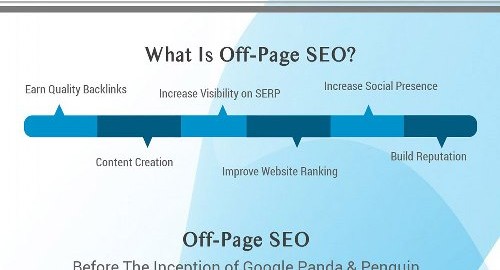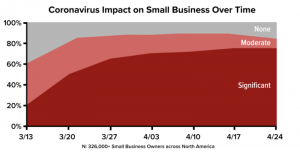September 4, 2015
With the advent of newer Google algorithms, webmasters today are forced to look more closely at all of their off-page SEO efforts to create a quality link profile. The practice that stands out most is perhaps backlinking because it needs constant monitoring to avoid bad links. Here we’ll discuss bad links in some detail to assist in building a link profile for success.
Beware Low-Quality Directory Submissions
You have full control over which directories your website will appear on. Listing your online presence on relevant directories is not bad as long as you carefully scrutinize them beforehand. A directory with too many advertisements and no moderation spells danger. You don’t want a backlink to your website through a suspicious source like that. The risk of low-quality directory submission is too large to ignore, so it’s best to steer clear.
Avoid Link Networks
Google actively seeks out and penalizes link networks. These networks usually own several websites, which can provide backlinks to your website for a price. You need to keep in mind that eventually such websites will be tracked down by Google and banned. If your link profile includes this site and your URL is found in the network, you might face repercussions. Google maintains a strict policy that backlinks must come naturally and not through such manipulative off-page SEO practices.
Use Paid Links Only in Small Numbers
Let’s understand this with an example. Suppose you come out with an app and want it to be reviewed. You can always approach a website for a “sponsored” review with a full disclosure. This will certainly generate more downloads for your app and increase traffic to your website. However, ensure that you mark this paid link as “no follow.” This makes certain that the search engine ranking of your website is not affected by the traffic through the paid link. Google considers this an ethical practice in building a link profile.
Evaluate Old Backlinks
Over time, your backlinks can be broken for a number of different reasons. When you have a large number of broken links though, your website’s ranking can drop dramatically. Along with the external links, make sure that your internal links to separate web pages aren’t broken. If you’re changing the URL of your website or changing the web host, make the transition as meticulously as possible to avoid a huge number of broken links.
Keep Backlinks Relevant
There’s something extremely fishy about a website that deals with automobiles having backlinks to a health/fitness website. If your audience is based in Sydney, Australia, it’d also be weird to earn backlinks from somewhere in Nigeria. You’ll need to analyze your backlinks and disavow them if they’re too outlandish in your niche. Lack of relevance in such instances can be a red flag for the search engines. In fact, a video by Matt Cutts of Google specifically touches upon this topic.
Overall, remember that Google has started taking manual action against spam websites. It’s a clear indication that you must be vigilant in your off-page SEO tactics to earn quality backlinks. All of these directly impact your website’s link profile. The following infographic will explain in more detail on how you can earn backlinks and develop a natural link profile that boosts rankings with full detail about Off-Page SEO.
Digital & Social Articles on Business 2 Community
(318)
Report Post
![Detailed Guide On Off-Page SEO [Infographic] Detailed Guide: The Ultimate Off-Page SEO Factors](https://www.onlinesalesguidetip.com/wp-content/uploads/2018/07/Detailed-Guide-On-Off-Page-SEO-Infographic.jpg)









